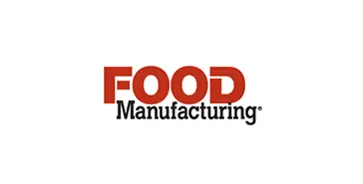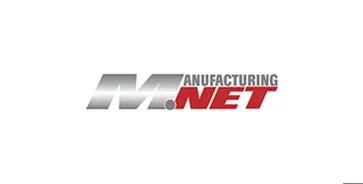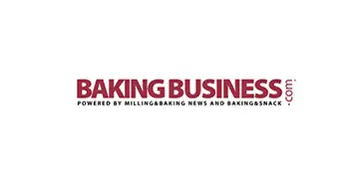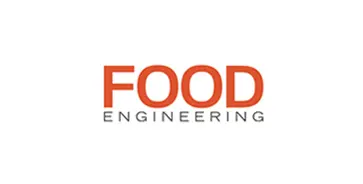Stellar.net uses cookies to deliver the best possible experience to you. To continue using this website, you agree that we may store and access cookies on your device.
Legal
Stellar.net uses cookies to deliver the best possible experience to you. To continue using this website, you agree that we may store and access cookies on your device.
Explore articles featuring Stellar’s expertise in numerous professional journals and publications within the food manufacturing, processing, and distribution industries. Topics include innovations in safety, facility optimization, and more.















